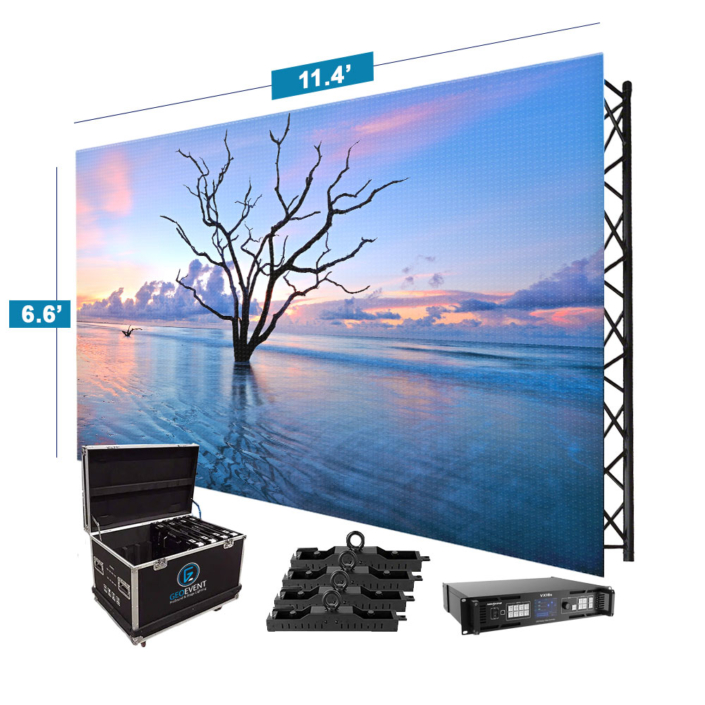A Thorough Analysis of Various LED Display Screen Techniques and The Uses
A Thorough Analysis of Various LED Display Screen Techniques and The Uses
Blog Article
LED display walls have become more common in various settings, including music events, athletic events, as well as corporate meetings. These large large screens consist of composed of numerous small LED panels that work together to form a single cohesive visual. Various multiple kinds of LED video wall solutions on the market, every having its unique characteristics and benefits. Understanding these technologies can help companies as well as entities choose the appropriate option for their particular needs.
A common kind of LED video wall solution is the directly viewed LED. This solution uses separate LED modules which are arranged closely together to create a big screen. Direct view Light Emitting Diode screens are known for their high luminosity as well as vibrant colors, making them perfect for external events or brightly illuminated settings. They also have a wide viewing perspective, allowing means that people can see the display clearly from various locations. This makes directly viewed Light Emitting Diode walls a favored option for stadiums as well as external events.
Another type of Light Emitting Diode display wall technology is the LED-backlit Liquid Crystal Display. Such solution combines traditional LCD screens with Light Emitting Diode illumination for improved brightness and color accuracy. LED illuminated Liquid Crystal Displays are commonly utilized in indoor settings, such as retail malls as well as meeting spaces. They provide excellent image clarity while are typically more affordable than directly viewed LED screens. However, they may often function as effectively in well-lit settings, since the illumination can occasionally wash out the colors.
A thirdly choice is the Organic Light Emitting Diode display wall. OLED technology offers superior differentiation as well as hue depth compared to other types of displays. Each dot in an Organic Light Emitting Diode display produces its individual luminescence, allowing for genuine dark tones as well as lively hues. This makes OLED video walls particularly appealing for applications that require premium images, including gallery exhibitions and luxury retail stores. However, OLED technology can be more costly while may often be as luminous as direct view LED screens, rendering it not appropriate for external applications.
In addition to these technologies, various additionally various applications for LED display screens. They can be used for promotion, amusement, and information display. For example, businesses commonly use Light Emitting Diode video walls for electronic advertising to attract customers as well as advertise products. In amusement, these displays enhance the sight experience at music events as well as events, providing lively backgrounds and captivating images. Within corporate environments, Light Emitting Diode display walls can be utilized for demonstrations, video conferencing, as well as educational sessions, helping to communicate data in a aesthetically attractive way.
In conclusion, Light Emitting Diode display walls are available in various technologies, every having its own benefits and uses. Directly viewed LED walls are ideal Continue Reading for outdoor use, whereas LED illuminated Liquid Crystal Displays are more appropriate for indoor environments. Organic Light Emitting Diode video walls offer superior image clarity yet may come at a greater price. Grasping these differences can assist entities to make informed choices about the best kind of Light Emitting Diode display wall most satisfies their needs, whether it be for advertising, entertainment, and corporate applications.